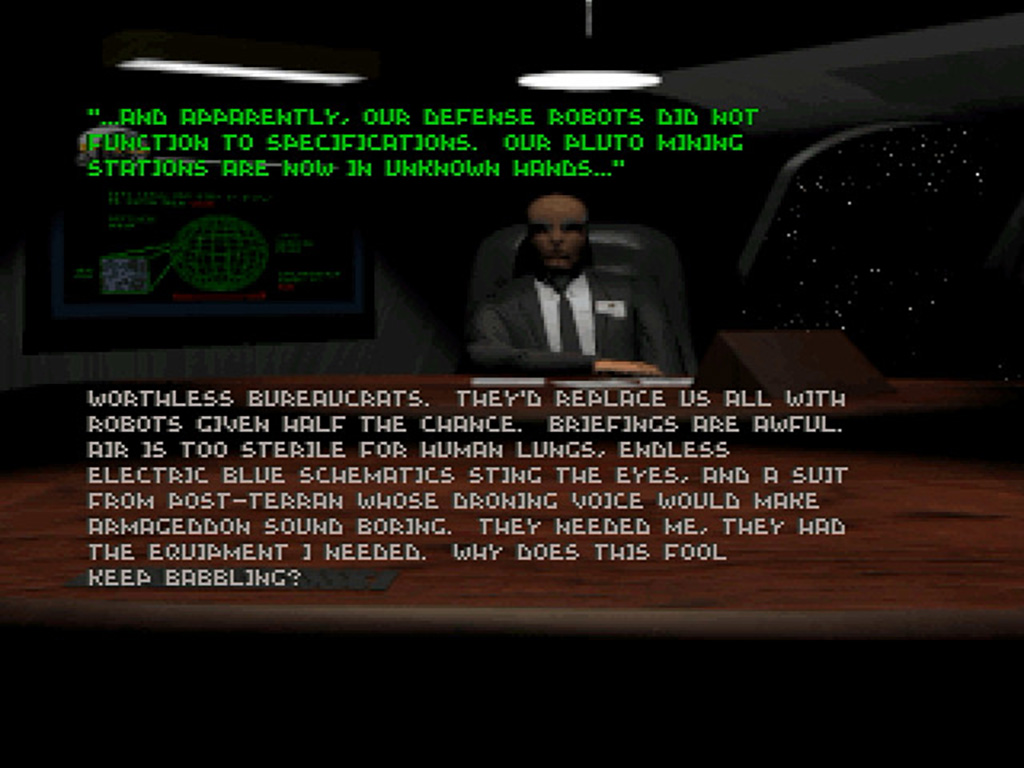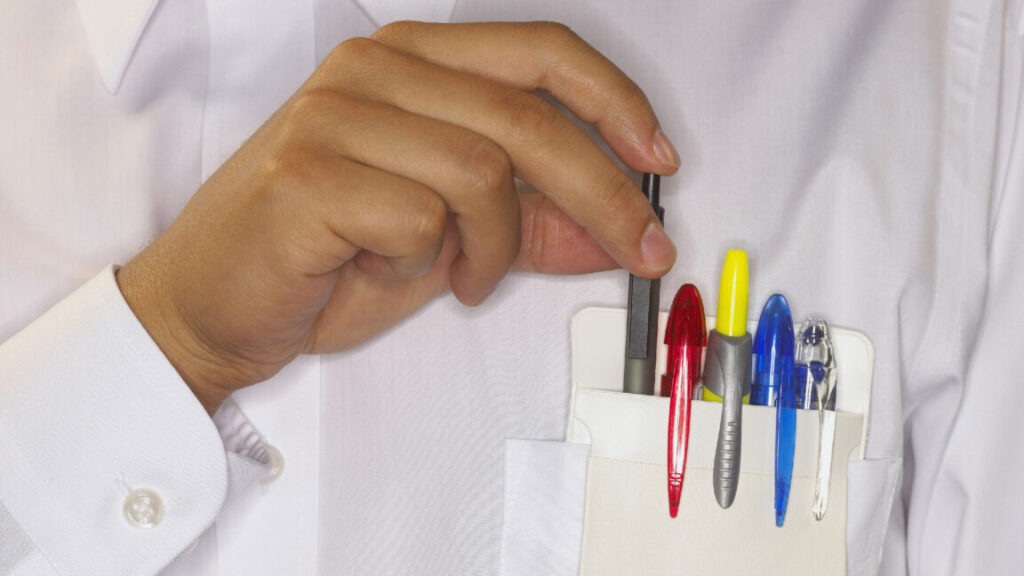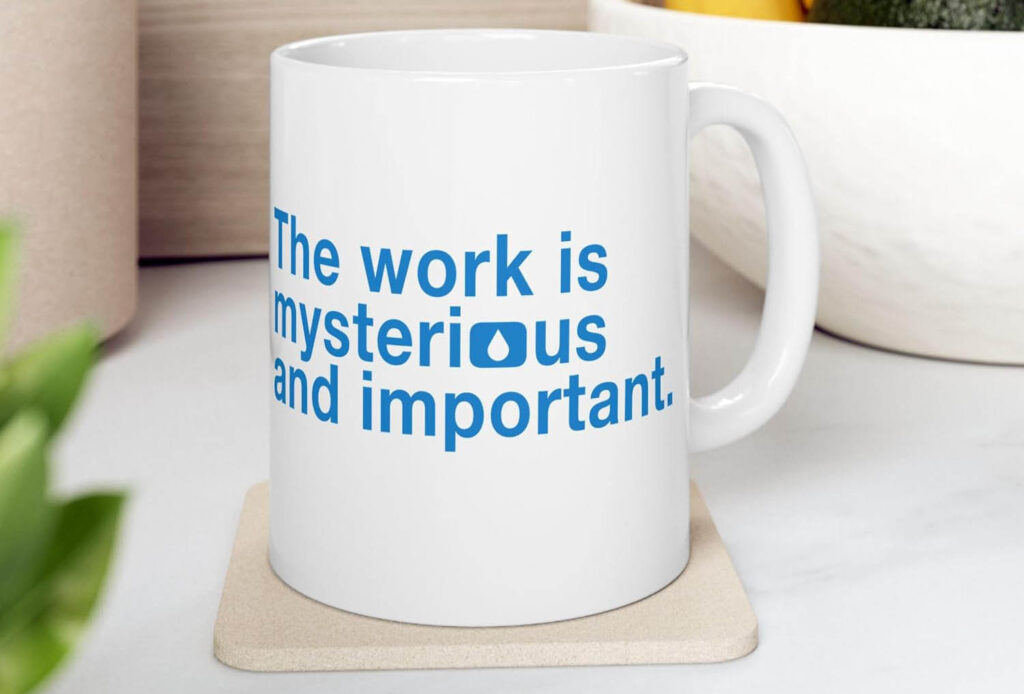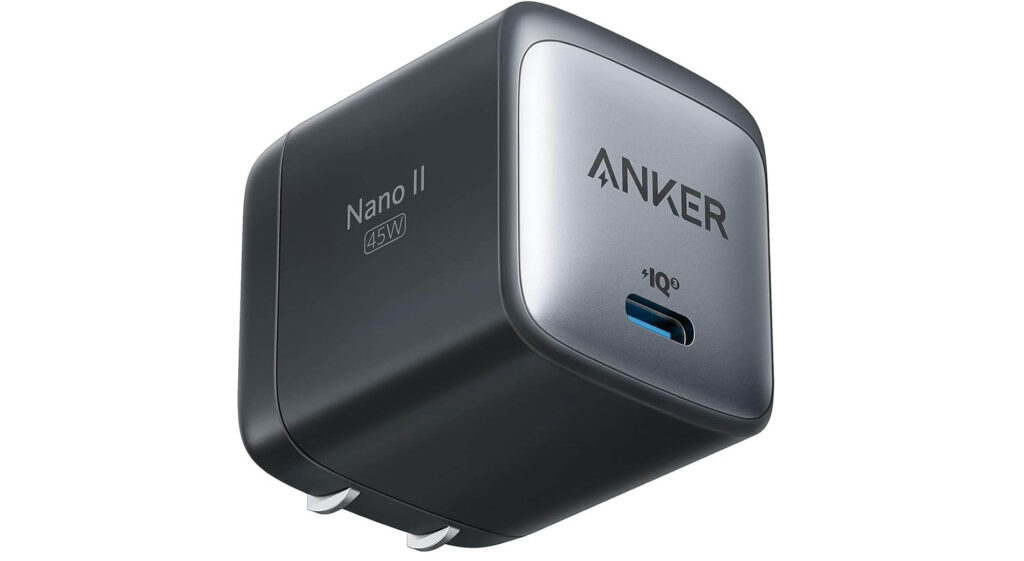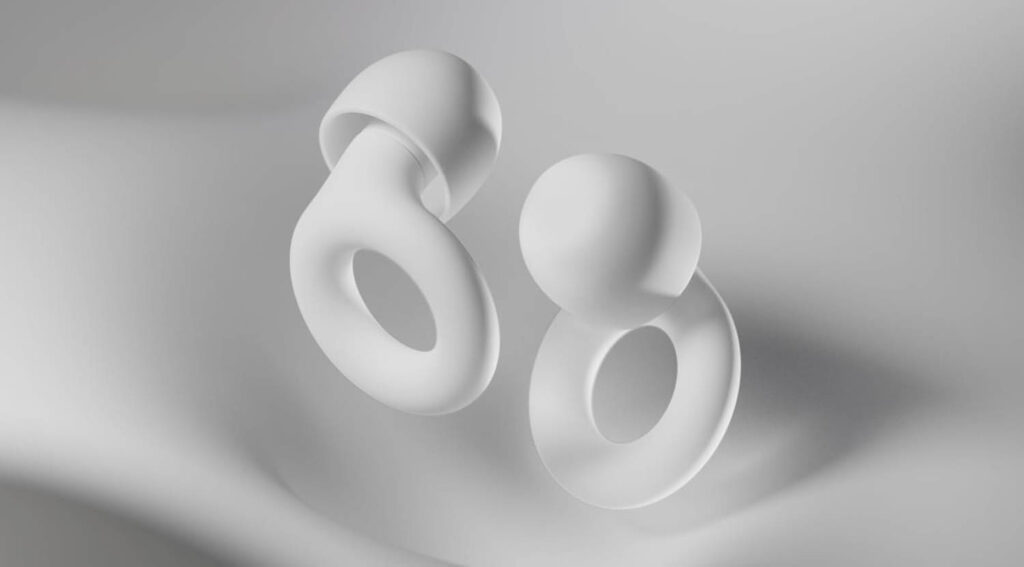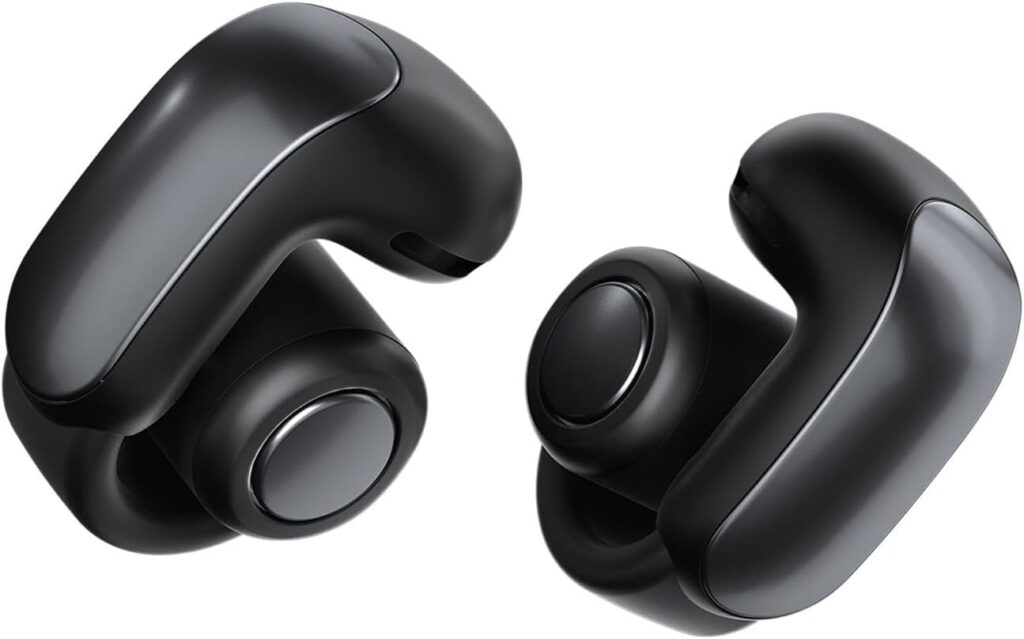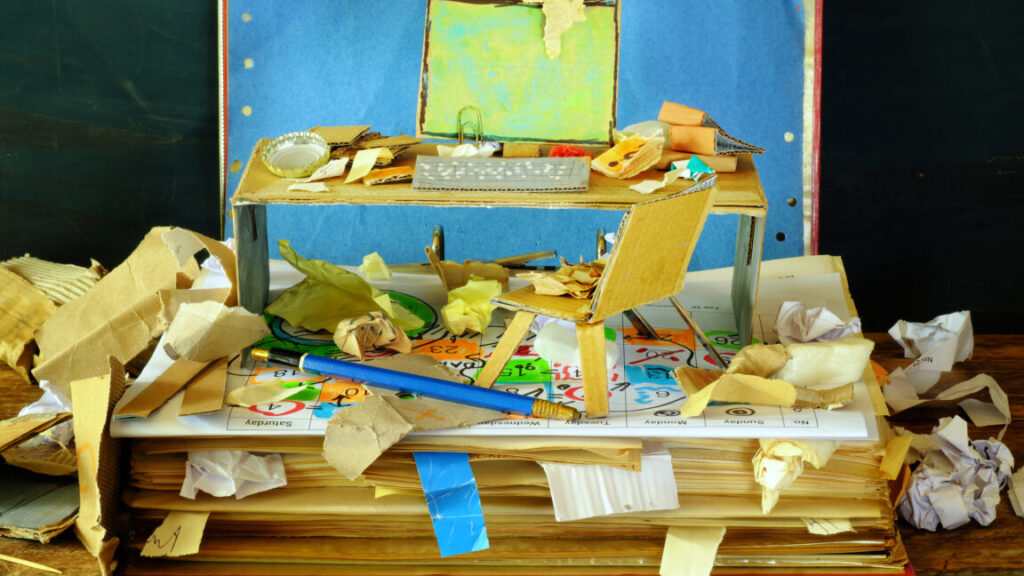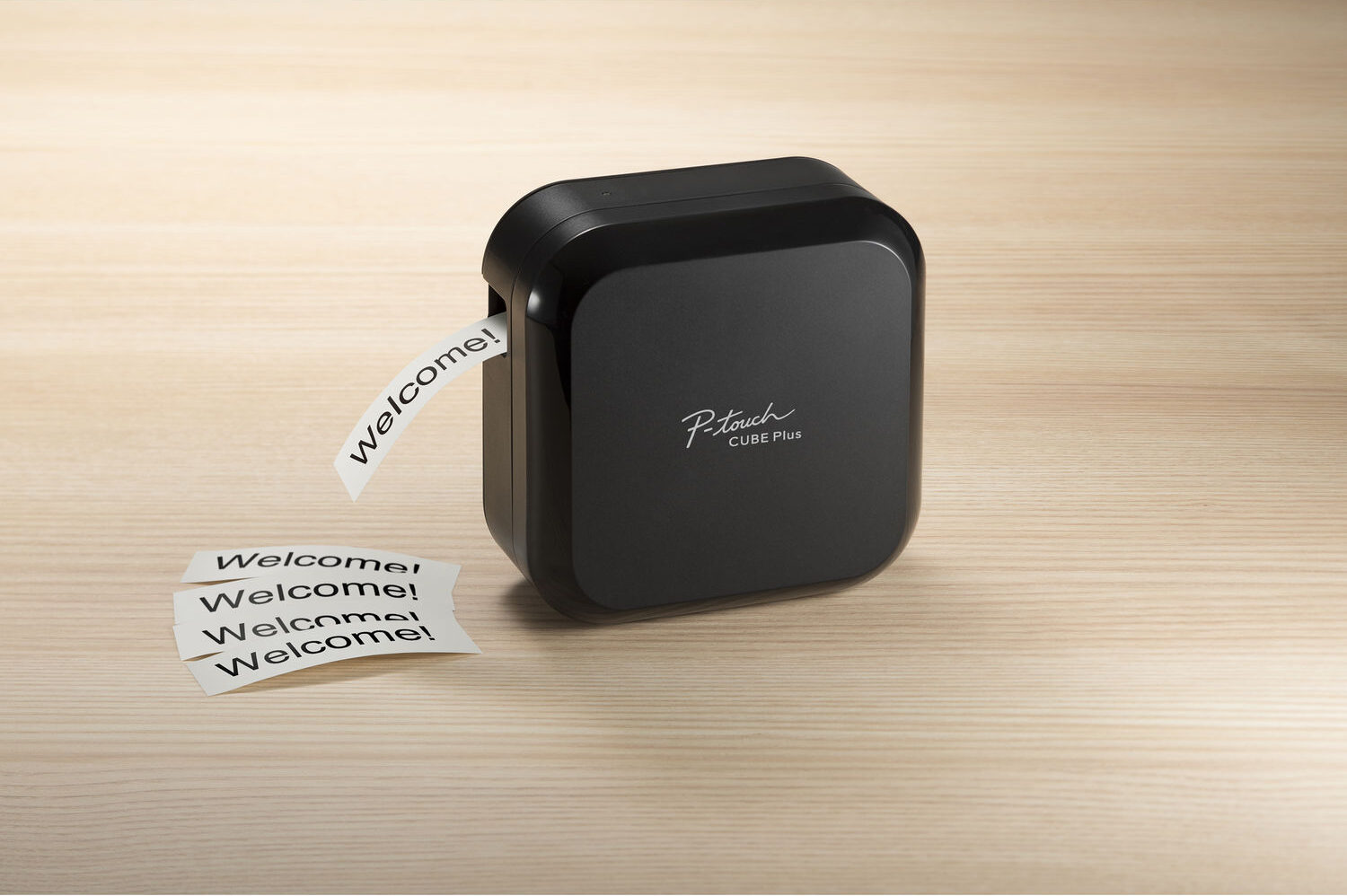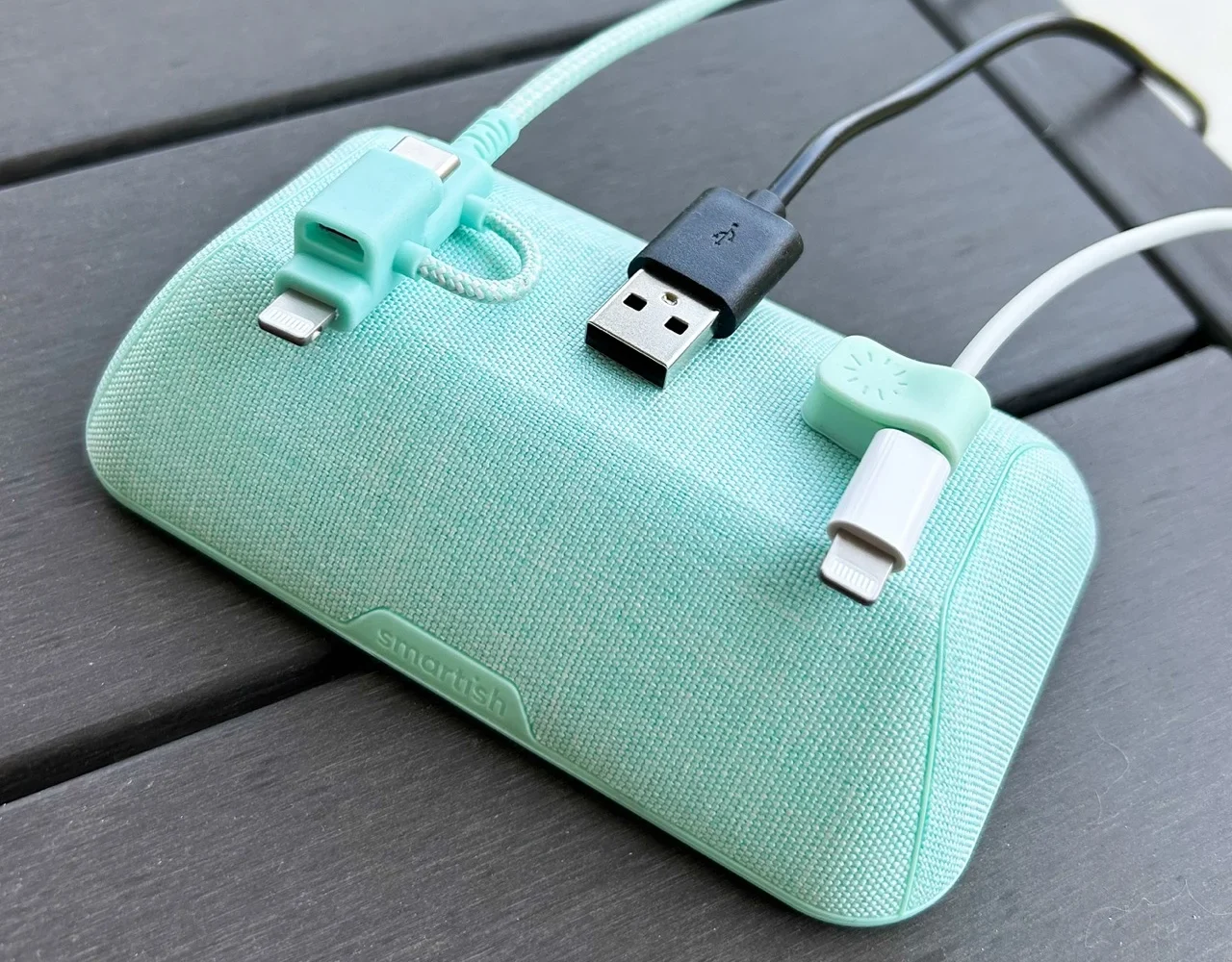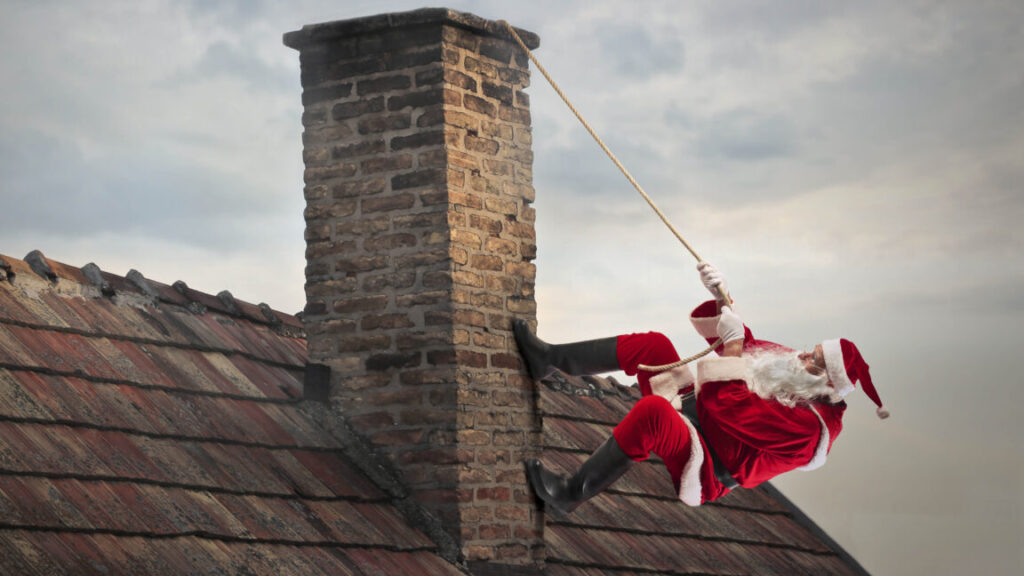Here are the best Cyber Monday deals we can find
After our celebration of Prime Day earlier in the year, last Friday we all somberly marked the passage of Black Friday, the day where we commemorate the passing of the great Optimus Prime during his apocalyptic battle with that foulest and most deceptive of Decepticons, Megatron (may his name and his energon both be forever cursed). But then, as everyone knows, just as our darkest hour seemed finally at hand, Optimus Prime was resurrected from death and returned to us! The long-ago Monday when this unprecedented event occurred was the day hope returned—the day everyone, human and machine alike, was united in joy. It truly was a Monday for all of Cybertron—a “Cyber Monday,” if you will.
Today in 2025, we pause to recall how the power of the AllSpark and the collective wisdom of the Primes has torn the veil of death, shattering the barrier between the living world and the world beyond—and through that power, Optimus Prime now walks among us again and it’s not weird at all! (Though I think there also might have been, like, some spores or something? I dunno, it was a long time ago.) To show our joy at the greatest transformer’s return as he takes back up the mantle of Autobot leadership from Rodimus Prime—who, let’s face it, kind of sucked anyway—it is time to do what we did on Black Friday but even harder: it is time to engage in more celebratory commerce!
Below you’ll find a short curated list of the best deals we could find for Cyber Monday. The pricing is accurate as of the time of posting, and we’ll update the list several times today as things change (keep an eye out for the “Updated” tag near the story’s timestamp). ‘Til all are one!
Here are the best Cyber Monday deals we can find Read More »



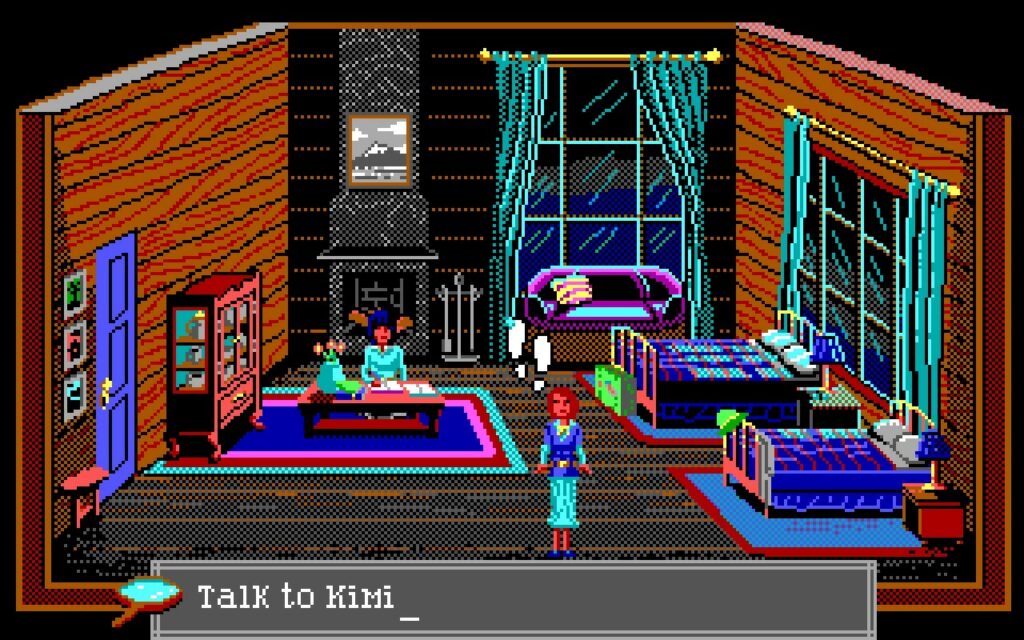



 Loading comments…
Loading comments… 

